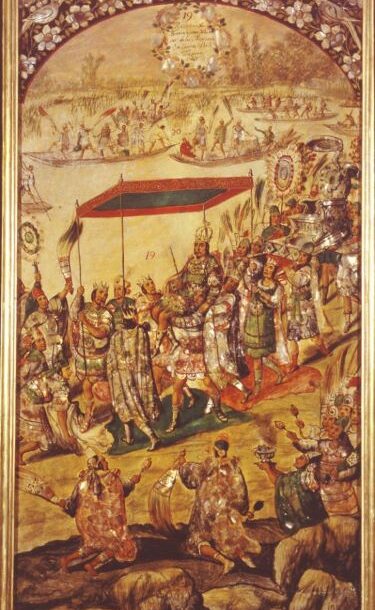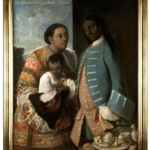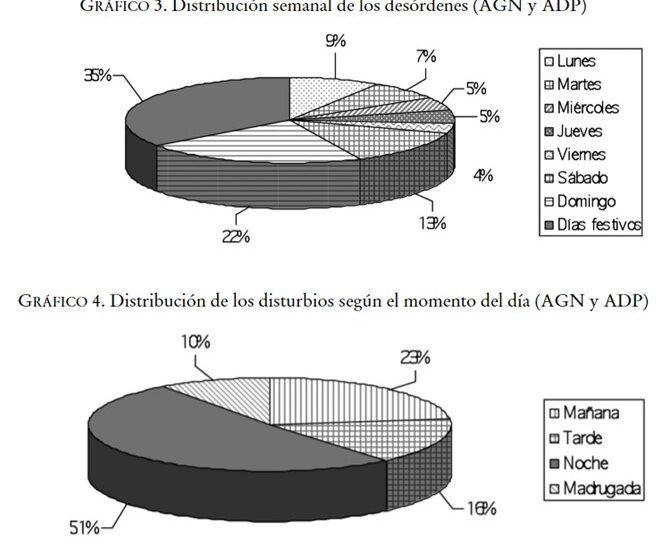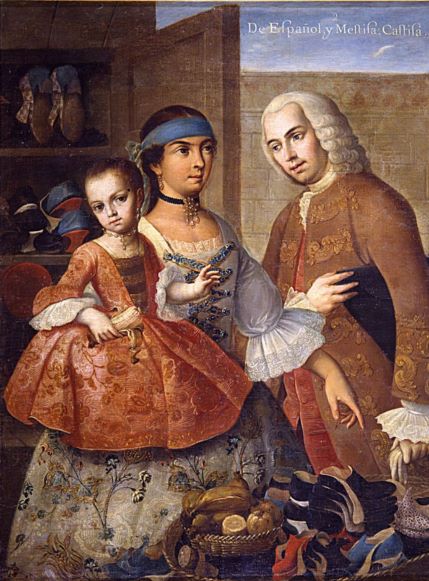
This work, entitled “De chino cambujo e india, loba” (“Of Chinese Cambujo and Indian, Wolf”), depicts a family group consisting of a father, a mother and a son, identified by inscriptions that refer to their degree of miscegenation from indigenous, European and African ethnic origins. These representations are characteristic of a pictorial genre that developed in the Viceroyalty of New Spain throughout the 18th century. It is known as “caste painting” and is organised on the basis of series generally consisting of sixteen paintings in which the most common unions are arranged. As shown in this canvas, which belongs to a set dispersed among various collections, the clothing and adornment of the figures, the activity they perform and the setting in which the action takes place, act as fundamental elements in identifying the social status of those depicted. Miguel Cabrera, the author of this group, who signed and dated the last of the canvases in 1763, is the painter most widely recognised by his contemporaries and had a large number of disciples and followers who were often inspired by the master’s own models.
Collection: Images
Project: 4. Family, daily life and social inequality in Europe., 9. Travels and travelers: economic, social and cultural connections.
Chronology: XVIII
Scope: Secondary Education, Baccalaureate, University
Resource type: Image
Format: Canvas, oil painting. 147 x 115 cm
Source: Museo de América (Madrid)
Language: Spanish
Date: 1763
Owner: María del Mar Felices de la Fuente (Modernalia)
Identifier: MAM 00011
Copyright: Museo de América (Madrid). Ministerio de Cultura y Deporte
Abstract: A work by Miguel Cabrera, dated 1763, depicting a mestizo family group in the Viceroyalty of New Spain
Image
Tags








